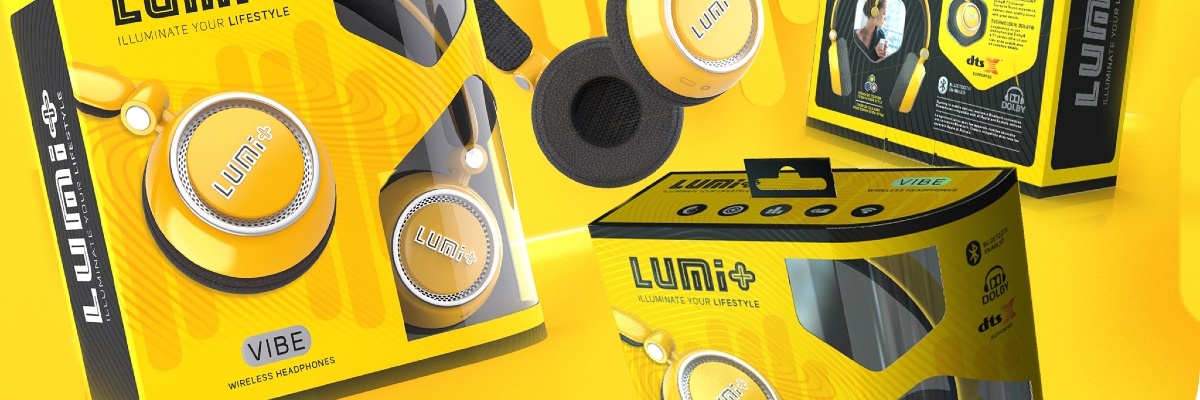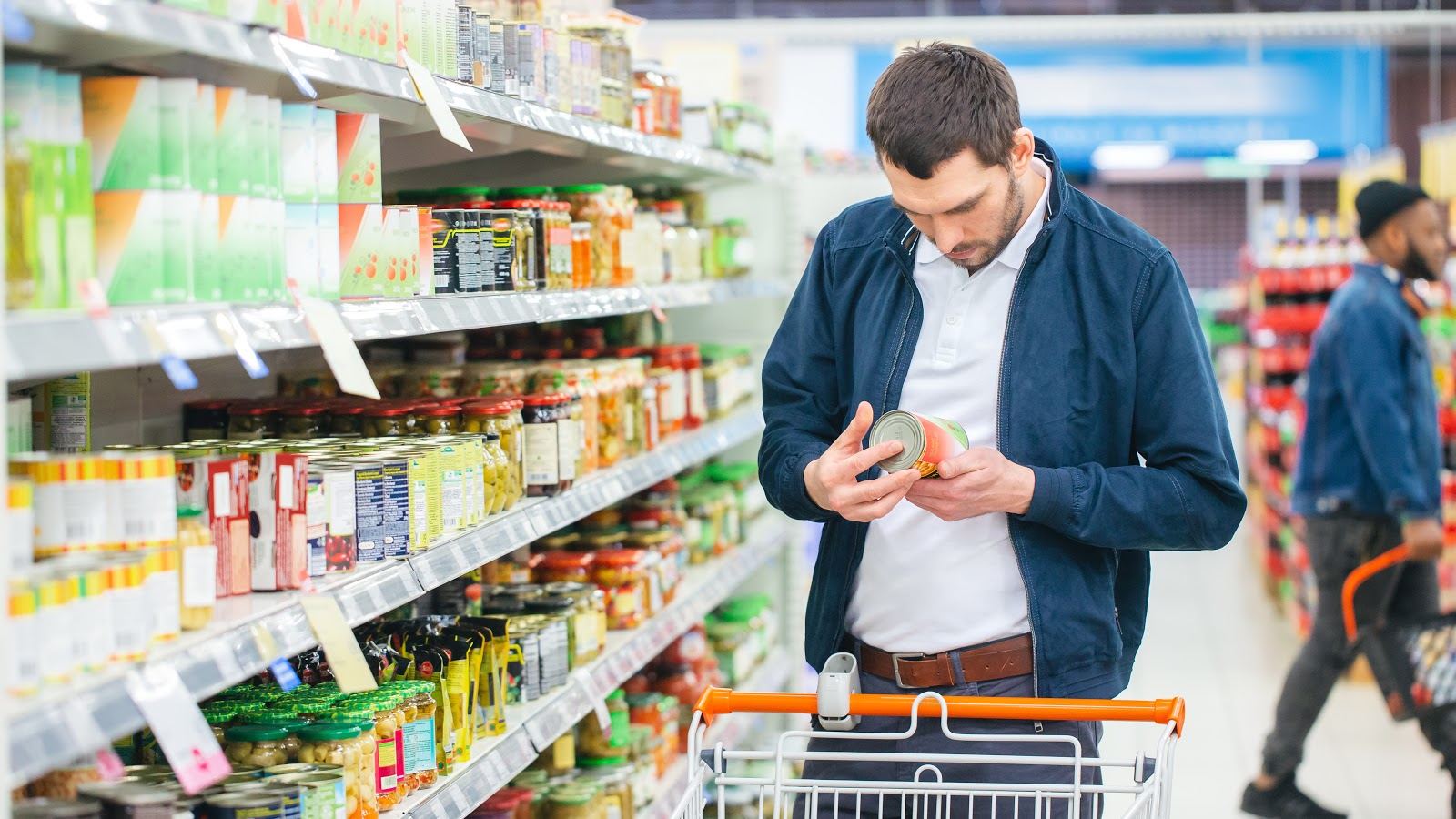They say you can’t judge a bottle by its label, but maybe you can. Going out for drinks with friends is a popular pastime. But have you ever wondered what’s in your drink? Sure, there’s wheat in beer. Wine is made from grapes. But what potential allergens are in each beverage? How many calories are there per serving? And how many servings are in each bottle?
This is all information consumers have been wanting to know. They’re demanding more transparency from alcoholic beverage brands, which is leading the government to decide whether to mandate the disclosure of ingredients and allergens in beer, wine, and spirits in their respective labeling.
What’s Going On?
New legislation could require beer, wine, and spirit brands to adopt new labeling guidelines. Alcoholic beverage labels are mostly overseen by the Treasury Department. New proposals regarding more transparency in alcoholic beverage labeling are expected to be implemented in 2023. In fact, according to an article by the Wall Street Journal, “The [Treasury] Department’s Alcohol and Tobacco Tax and Trade Bureau indicated in June that it was considering possible changes to alcohol labeling.”
Consumers are Amping up the Pressure
The impetus for the push came from today’s heightened focus on health. Understanding alcohol ingredients helps consumers be more mindful of their consumption. Nutrition labels are the best source for information such as allergens, serving size, and ingredients. The goal is to take the guesswork out of drinking.
The pressure to provide more information about the alcohol you’re drinking is not new. For example, in 2003 there was a petition that would require more inclusive labeling for alcohol. However, the petition never came to fruition. In early October 2022, the Consumer Federation of America, joined by consumer advocacy groups, made their voices heard by suing the Treasury Department in hopes of resurrecting the 2003 petition (Wall Street Journal).
So, what does this mean for boozy brands? Some of them have already begun disclosing more information on labels. However, some are concerned about additional government mandates. Additionally, regulation of alcoholic beverages occurs on a state-by-state basis. Clearly, there’s a lot of corks in the air. So, let’s break it down.
Beer is Already “a-Head”
The beer industry has been the trailblazer for labeling transparency. For example, in 2016, beer brands voluntarily started disclosing calories, nutrition, ingredients, and serving size information. According to the Wall Street Journal, “The Beer Institute said 95% of the beers sold by participating companies, which include Anheuser-Busch InBev, Molson Coors Beverage Co. and Heineken USA, disclose [this] information.” Additionally, light beer brands have, for obvious reasons, included calorie information in their labeling.
It’s Wine O’clock Somewhere
Consumers are demanding to know what’s in the wine they consume. Meeting this demand is likely to be challenging. Wine bottles are known for their aesthetic labeling. For many, the label adds to the experience of selecting and drinking a particular wine. A list of ingredients is incongruous with label art. Additionally, mandated label changes may be more costly for small winemakers who don’t have the same resources as well-known, established brands.
It’s possible that establishing a range of calories based on a unit amount of wine would mitigate these challenges. For example, The Wall Street Journal notes that while testing each individual vintage of wine would be necessary to get an exact calorie count, “A 5-ounce glass of wine” could be simply designated to “contain about 120 calories, according to the current U.S. Dietary Guidelines.”
It’s Harder with the Hard Liquor
Spirit makers have already undertaken the disclosure of ingredients contained in their products. According to the Wall Street Journal, “The Distilled Spirits Council of the U.S. [has indicated] a group of major spirits makers would voluntarily state a serving size, calories per serving and some nutritional information, either directly on the label or through a scannable code. The group didn’t commit to disclosing ingredients, however.” The hesitancy regarding ingredient disclosure is due to the fact that distillation may result in changes in ingredients. For example, a spirit initially containing wheat in the distillation process may lack wheat once the spirit is fully distilled and ready for consumption.
Alcoholic Beverage Labeling Coming of Age
Alcoholic beverage label requirements have largely been in place unchanged since 1935 (Wall Street Journal). However, over the past two decades, in response to consumer demand, there have been proposals to greatly increase the amount of information provided per serving of alcohol. While changes made to date have been primarily voluntary in nature, it is unlikely the industry will continue to have such leeway. Rather, it would appear the future of alcohol beverage labeling will, either directly or indirectly, include the information demanded.










